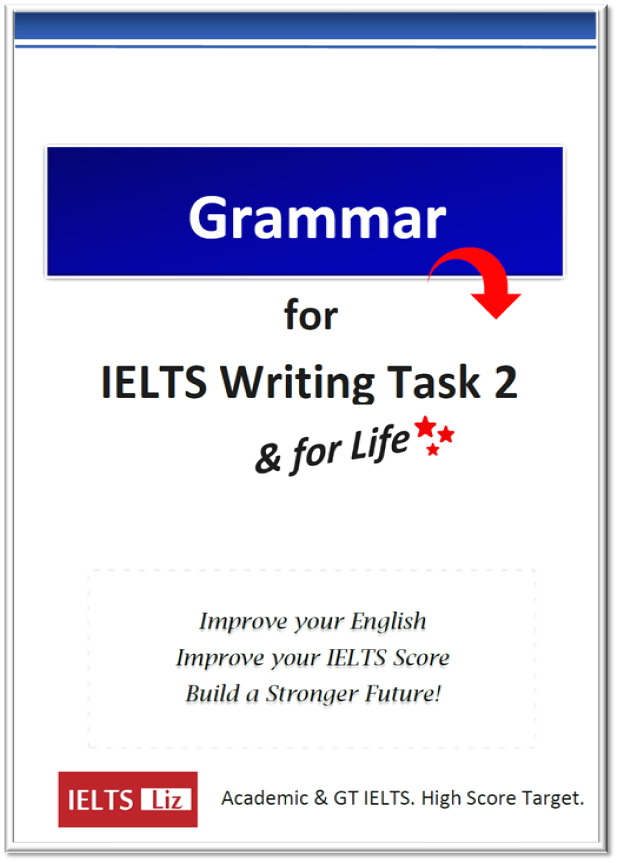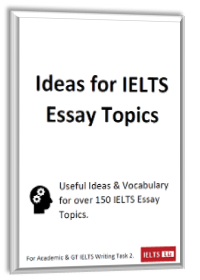Exercise 1
Only monarchs born in late summer or early fall make the migration, and they make only one round trip. By the time next year’s winter migration begins, several summer generations will have lived and died and it will be last year’s migrators’ great grandchildren that make the trip. Yet somehow these new generations are born to know the way, and follow the same routes their ancestors took—sometimes even returning to the same tree.
In their larval stage monarch caterpillars feed almost exclusively on milkweed and as adults get their nutrients from the nectar of flowers. The monarch will always return to areas rich in milkweed to lay their eggs upon the plant. The milkweed they feed on as a caterpillar is actually a poisonous toxin and is stored in their bodies. This is what makes the monarch butterfly taste so terrible to predators. Wherever there is milkweed there will be Monarch butterflies. The monarch is widely distributed across North America, from Central America northwards to southern Canada, and from the Atlantic to the Pacific coasts.
It is predicted that one of the many effects of climate change will be wetter and colder winters. If they are dry, monarchs can survive below freezing temperatures, but if they get wet and the temperature drops they will freeze to death.
Notice: This reading passage is from the website: defenders.org. To see the full article , please visit this page: http://www.defenders.org/monarch-butterfly/basic-facts. Learn about conservation – protect our planet!
Questions
Decide if the following statements are True, False or Not Given according to the information in the passage above.
- About 50% of Monarch butterflies migrate.
- Migration skips only one generation.
- Migration paths are innately known in Monarchs.
- Monarch butterflies feed on milkweed.
- Milkweed dense zones are popular breeding spots.
- The Monarch butterfly is widely distributed in Canada.
- Monarch butterflies are driven to the coast in order to survive.
- Climate change might reduce the number of Monarch butterflies.
Answers
- NG
- The passage doesn’t give information about the percentage of Monarchs that migrate.
- F
- The second sentence in the passage explains that migration skips a few generations .
- T
- End of the first paragraph “new generations are born to know the way”. Innate knowledge = born to know
- F
- This is a difficult question for some of you because the passage states that the caterpillars feed on milkweed – butterflies do not. See the first sentence of the second paragraph.
- T
- Second sentence, second paragraph. The passage does does that butterflies go to areas rich in milkweed (milkweed dense zones) in order to lay their eggs “to breed”.
- F
- Widely distributed across a country – means it is found in most places in the country (north, south, east and west – all over). But the passage shows that Monarchs only reach southern Canada.
- NG
- The passage does mention that Monarchs in found on the coast but the passage does not give information about survival tactics. Remember that NG means that not all the information is found in the passage. you might find some words are in the passage but not the full meaning of the statement.
- NG
- The passage doesn’t give information about whether climate change will increase or decrease the number of Monarch butterflies.
Exercise 2
Reading Lesson for IELTS TFNG questions.
Humans have long hunted wild game from forests, but over the past 50 years commercialisation of killing has triggered a rapid increase in wildlife depletion. Hunting and poaching cause damage to the rain forest ecosystem by removing species key to the system’s functioning. The loss of a certain single species can mean extinction for many others. Hunting of seed dispersers and pollinators can influence the structure of a forest.
This passage is from rainforests.mongabay.com. You can view the full article on this page: Impact of hunting & poaching
Questions for TFNG practice.
Choose no more than two words from the passage above to complete the sentences.
- Commercialised hunting is mainly focused in forests.
- The falling numbers in wildlife has been brought about by the commercialisation of hunting.
- Hunting negatively impacts the ecosystem as it results in the loss of species which are needed to preserve it.
- The structure of forests can be altered by the hunting of seeds.
Answers
- NG
- T
- T
- F
Exercise 3
Medical Robots
Nowadays, it is no longer surprising to learn that a hospital’s top performing surgeon is not human. With unmatched precision and the ability to work without fatigue, medical robots are obviously one of the most useful applications of robotic technology. These robots are widely used in various medical practices, including difficult surgical procedures, and have completely revolutionized the speed and efficiency of health care services in several parts of the world.
The surgeon maneuvers the system’s robotic arms while viewing a tiny, high-resolution endoscopic camera inserted through an incision. The robot’s jointed-wrist capability surpasses the human hand’s range of motion, allowing for movement in a much smaller space. Successful surgery patients have therefore reported smaller incisions, less blood, pain and trauma and a faster healing time than regular surgery
Notice: This passage is from robots and andriods.com. You can read the full article here: Medical Robots
Questions to practice True / False / Not given
- The accuracy and calculation of robots is unparalleled.
- Robots are used in medical practices in all countries.
- Robots can view a very small camera to coordinate movements.
- Medical robots have reduced the size of incisions needed.
- More people recover from surgery when it is performed by a medical robot.
Answers
- T
- NG
- F
- T
- NG
Exercise 4
Bees can be extremely intelligent. Not only do they learn how to overcome obstacles by doing, but they can actually learn by watching others as well. Bees are also brilliant mathematicians. Bees perform a waggle dance which utilizes speed and directionality to communicate the location of resources relative to their current position and the Sun. Over their evolutionary history, they have mastered the art of storing the most amount of honey while using the least amount of resources. The secret behind this efficient honeycomb is due to its hexagonal shape.
Creating beeswax is a fairly expensive process for the bee, as they consume eight ounces of honey for every one ounce of wax they create. For this reason, they need to make sure that they aren’t wasting resources when creating the structures that will house nectar and honey. The secret is in the geometry of the structures.
Questions
- Bees are able to problem solve. T
- Bees communicate mathematically problems thought their intricate dance. F
- Bees can store more honey at this point in their evolution than ever before. NG




